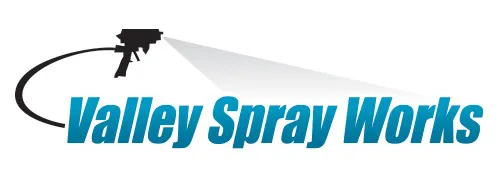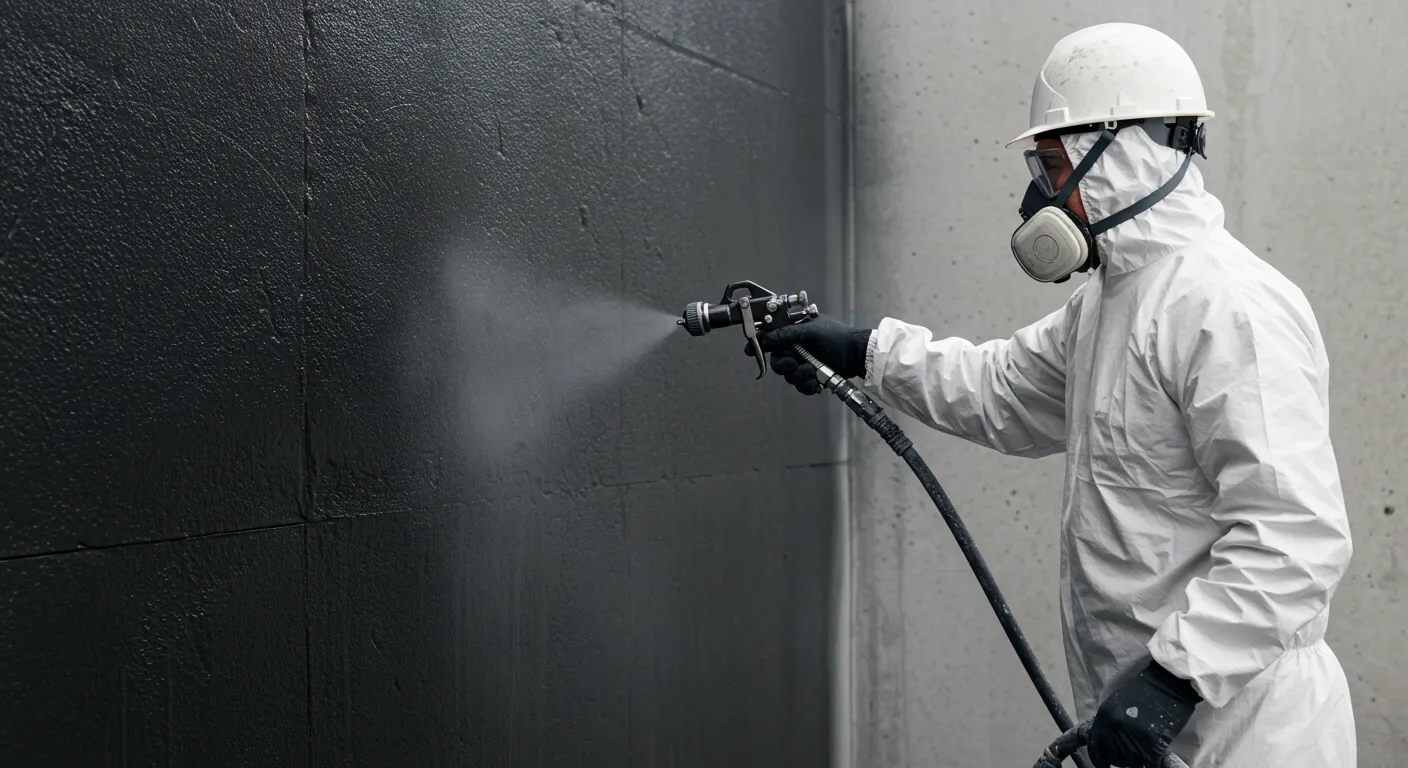Fluid applied vapor barriers deliver measurable long-term performance in moisture management, especially in humid and variable climates. When installed correctly, they form a continuous air and vapor seal that reduces the risk of condensation, mold growth, and insulation degradation. Compared to traditional sheet barriers, fluid applications minimize gaps and weak points.
For commercial and industrial structures, fluid barriers improve the building envelope’s resilience and energy efficiency. In new construction or retrofit projects where surface irregularities exist, this option offers uniform coverage and adherence, reducing failure points. Valley Spray Works has seen consistent success using these systems in Southern Idaho’s variable weather and thermal swing zones.
This article outlines field-tested insights, verified data, and application-specific factors that affect decision-making. Readers will find detailed comparisons, technical specs, and key considerations based on experience.
How Fluid Barriers Perform in Real-World Applications
Buildings experience air movement, vapor drive, and temperature shifts that impact internal environments. Fluid barriers respond by forming seamless membranes that adapt to these movements, especially around penetrations and rough surfaces.
Real-world performance insights
- Adheres to concrete, masonry, wood, and metal substrates
- Reduces unplanned air infiltration and moisture transfer
- Maintains flexibility and adhesion across freeze-thaw cycles
Bonus Tip: For areas with wide daily temperature swings like Twin Falls, apply during stable conditions to optimize adhesion.
Comparison of Vapor Barrier Options
| Criteria | Fluid Applied Barriers | Sheet Membranes |
|---|---|---|
| Seam Continuity | High (no overlaps) | Moderate (prone to gaps) |
| Surface Adaptability | Excellent | Limited |
| Installation Time | Faster in complex geometries | Slower with more detailing |
| Damage Recovery | Easily re-coated | Requires patching or resealing |
| Labor Sensitivity | Lower | Higher (precise handling needed) |
| Cost Predictability | Stable (per sq. ft. basis) | Varies based on complexity |
| Climate Compatibility (Idaho) | Strong performance in swing zones | Less effective in variable temps |
Key Technical Specifications
| Attribute | Value/Range |
|---|---|
| Application Thickness | 40–60 mils wet (16–30 mils dry) |
| Vapor Permeance | < 1 perm (ASTM E96) |
| Elongation at Break | 250%+ (ASTM D412) |
| Adhesion to Concrete | > 10 psi (ASTM D4541) |
| UV Exposure Limit | Up to 6 months (varies by product) |
| Application Temperature Range | 25°F to 120°F |
| Cure Time | 24–48 hours depending on humidity |
Bonus Tip: Use a wet film gauge during application to ensure target thickness, especially in roofline transitions and wall-floor interfaces.
Regional Factors Affecting Performance
Southern Idaho’s thermal shifts, arid climate, and high UV exposure place specific demands on vapor barrier insulation. Fluid systems respond well to:
- Concrete tilt-ups with irregular surfaces
- High wind conditions where membrane flutter can compromise sheets
- Retrofits with mixed-material exteriors
Field application has shown consistent adhesion across surface types and seasonal extremes. Unlike traditional wraps, fluid barriers remain effective even when exposed to prolonged dry wind or spring rain events.

Consider These Before Choosing a System
- Surface preparation: Must be clean, dry, and free of loose materials. Poor prep limits performance.
- Project timeline: Fluid systems reduce detailing time but require adequate cure before covering.
- Installer experience: Consistency matters more than product brand. Choose crews trained in fluid-applied methods.
- Compatibility: Confirm barrier integrates with flashings, insulation, and coatings.
- Inspection access: Once cured and concealed, verification is harder. Use third-party checks during install.
Closely Related Services Offered by Valley Spray Works
- Fluid Applied Vapor Barrier Seamless liquid membrane solutions for commercial and industrial buildings, suited for irregular or hard-to-reach surfaces.
- Thermal Insulation Coating Spray-on barrier reducing thermal transfer across roof decks and structural walls.
- Closed-Cell Spray Foam Adds insulation with vapor-resistant properties, ideal for cavity fills and roof systems.
- Spray Foam Roof Insulation Insulation and air sealing in one step for flat or low-slope commercial roofs.
Questions People Ask Before Deciding
Does this system replace traditional wraps?
Yes. It creates a continuous, more adaptable seal with fewer failure points.
Can it be used in cold weather?
Yes, with products rated for low temperatures. Schedule applications during temperature-stable periods.
How is thickness verified?
Installers use wet film gauges during application and visual checks post-cure.
Is it compatible with spray foam?
Yes. It works well under or over foam systems with proper surface prep.
Final Thoughts for Evaluating Options
Fluid applied vapor barriers offer lasting, measurable benefits for controlling air and moisture movement, especially in climates like Idaho’s. Their ability to form uniform seals over uneven surfaces reduces points of failure, improves energy efficiency, and simplifies installation.
Select based on substrate compatibility, installer experience, and integration with other components like insulation and coatings.
Need Expert Application?
To ensure your project uses the right system and application methods, contact Valley Spray Works. The team applies field-tested techniques for fluid applied vapor barriers, spray foam systems, and thermal coatings.
Call (208) 539-5281 or email [email protected] to speak with a professional familiar with Idaho’s climate and construction needs.
Ongoing Concerns After Installation
How long does it last?
Most systems maintain performance for 20+ years when applied correctly.
Can damage be repaired?
Yes. A new coat over the affected area typically restores function.
Will UV degrade it?
Temporary UV resistance is built-in. Extended exposure requires topcoats.
Can it trap moisture?
Only if misapplied. Permeance and substrate drying must be evaluated during design.
What maintenance is required?
Periodic inspections, especially at transitions or penetrations. No active maintenance otherwise.



